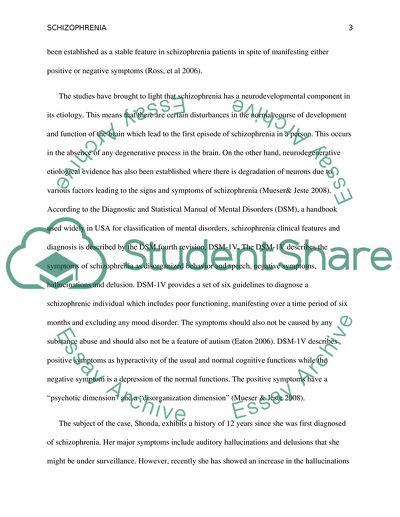Cite this document
(“Schizophrenia Essay Example | Topics and Well Written Essays - 1250 words - 3”, n.d.)
Retrieved from https://studentshare.org/psychology/1587121-schizophrenia
Retrieved from https://studentshare.org/psychology/1587121-schizophrenia
(Schizophrenia Essay Example | Topics and Well Written Essays - 1250 Words - 3)
https://studentshare.org/psychology/1587121-schizophrenia.
https://studentshare.org/psychology/1587121-schizophrenia.
“Schizophrenia Essay Example | Topics and Well Written Essays - 1250 Words - 3”, n.d. https://studentshare.org/psychology/1587121-schizophrenia.


